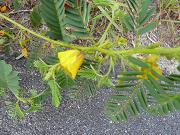
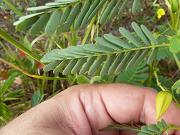
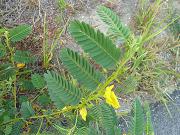
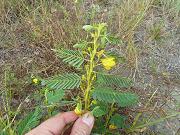
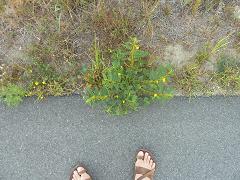
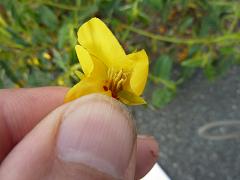 The Sensitive Partridge Pea grows in a rosette. Each stem, whether it is a main
stem or branching stem, contains alternate leaves and each leaf contains
6-15 pairs of pinnately-compound leaflets. The yellow flowers hang from short
axillary pedicels (stem that attaches single flowers to a main stem). The leaflets
of the leaves tend to be “sensitive” in that they fold together when
touched.
The Sensitive Partridge Pea grows in a rosette. Each stem, whether it is a main
stem or branching stem, contains alternate leaves and each leaf contains
6-15 pairs of pinnately-compound leaflets. The yellow flowers hang from short
axillary pedicels (stem that attaches single flowers to a main stem). The leaflets
of the leaves tend to be “sensitive” in that they fold together when
touched.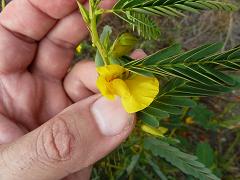
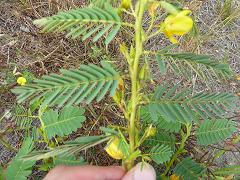 A tea made from the root of Sensitive Partridge Pea in combination with other
plants was used by the Cherokee to keep people from tiring during vigorous activity.
A tea made from the root of Sensitive Partridge Pea in combination with other
plants was used by the Cherokee to keep people from tiring during vigorous activity.

|

|

|

|
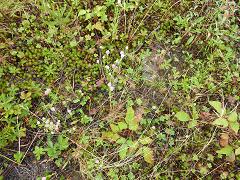

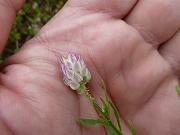
|

|
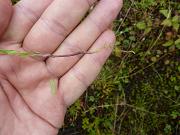
|
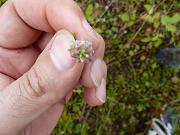
|
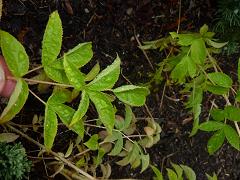
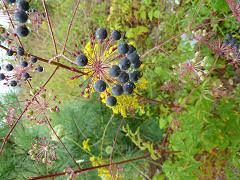
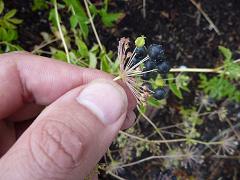
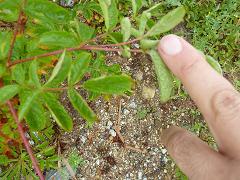
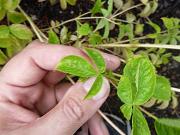
|
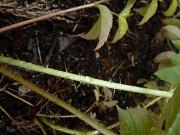
|
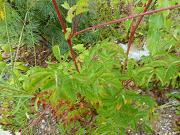
|
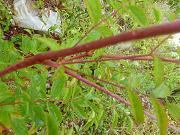
|
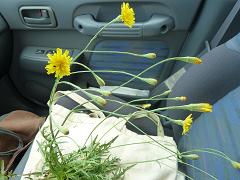
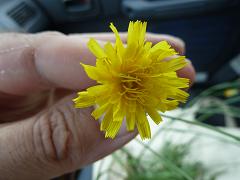
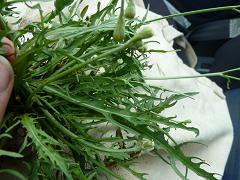
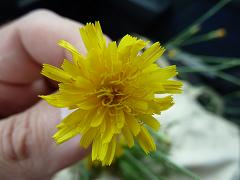
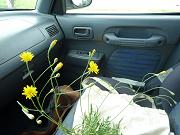
|
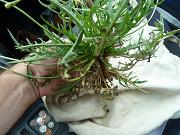
|
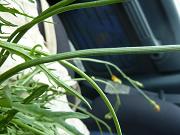
|
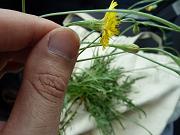
|
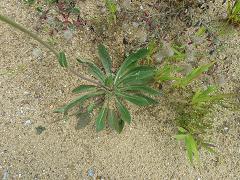
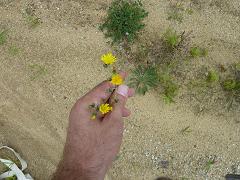
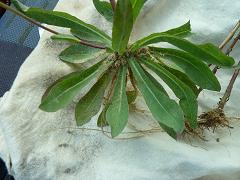
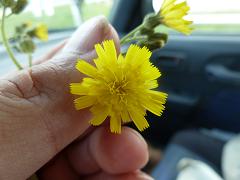
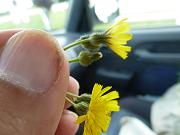
|
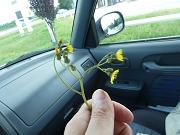
|
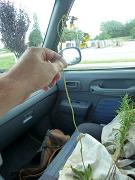
|
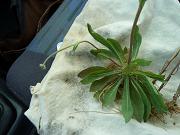
|
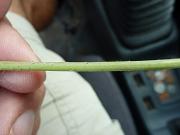
|
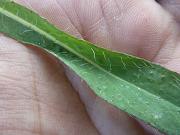
|
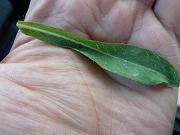
|
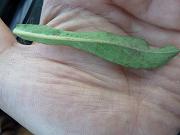
|
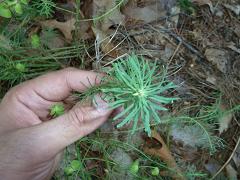
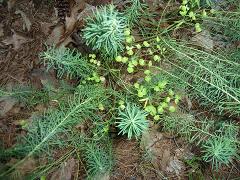
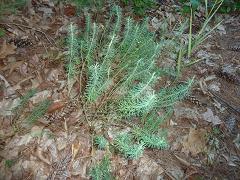
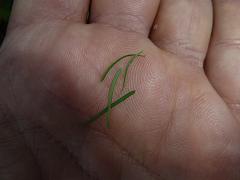
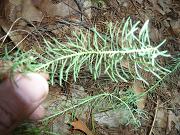
|
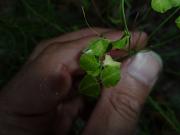
|
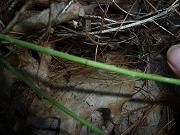
|
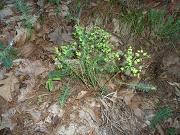
|
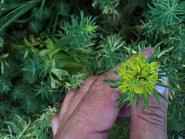
|
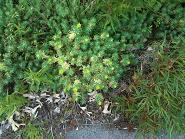
|
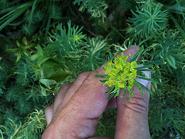
|
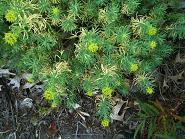
|
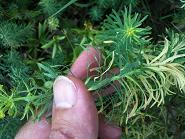
|
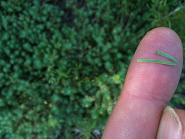
|
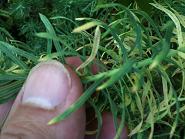
|
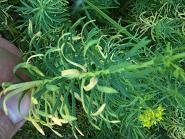
|
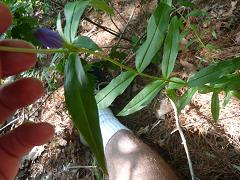
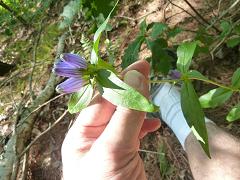
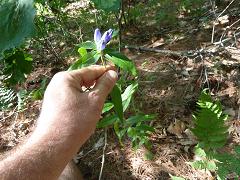
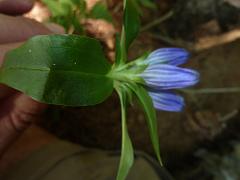
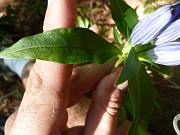
|
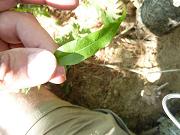
|
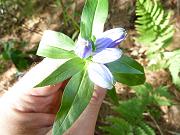
|
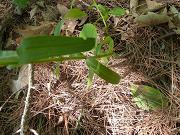
|
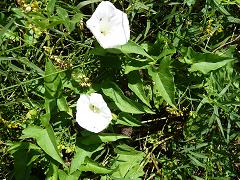
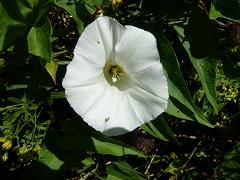
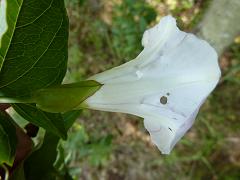

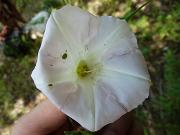
|
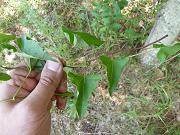
|
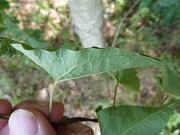
|
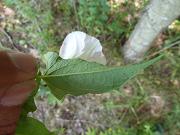
|
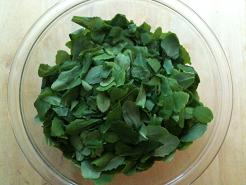 Orpine pickles! Picked a large amount of Orpine leaves. Chopped up the leaves, put them
in a ceramic crock with sea salt and added some sauerkraut juice to get
the pickling process started. Put on some weighing stone. There are a couple of
potential problems: 1) Since I chopped up the Orpine, much of the Orpine bits are
floating in the brine and not under the weighing stones; and 2) I had to add a
significant amount of spring water with sea salt to create enough brine. Orpine
does not release nearly as much water as cabbage. The pickles should be ready in
about four weeks.
Orpine pickles! Picked a large amount of Orpine leaves. Chopped up the leaves, put them
in a ceramic crock with sea salt and added some sauerkraut juice to get
the pickling process started. Put on some weighing stone. There are a couple of
potential problems: 1) Since I chopped up the Orpine, much of the Orpine bits are
floating in the brine and not under the weighing stones; and 2) I had to add a
significant amount of spring water with sea salt to create enough brine. Orpine
does not release nearly as much water as cabbage. The pickles should be ready in
about four weeks.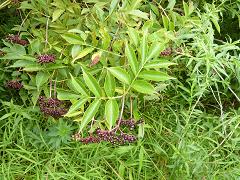
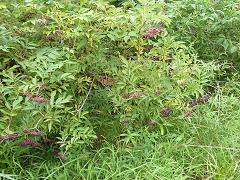
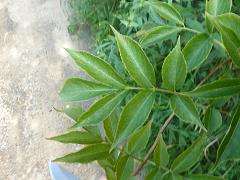
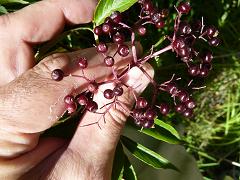
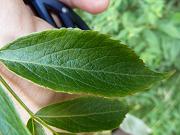
|
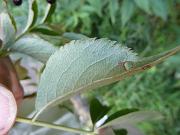
|
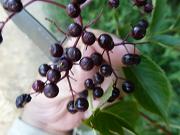
|
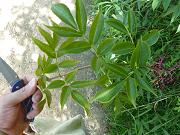
|
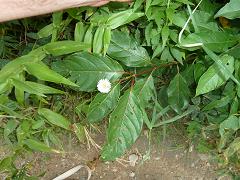
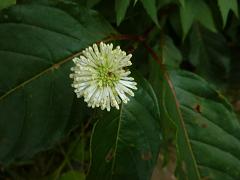
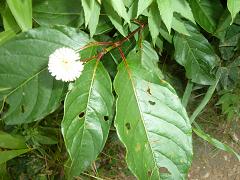
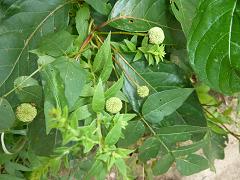
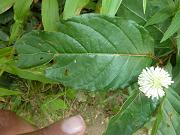
|
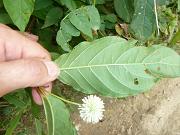
|
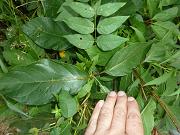
|
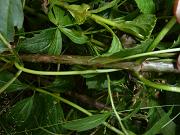
|
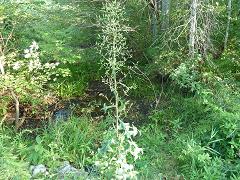
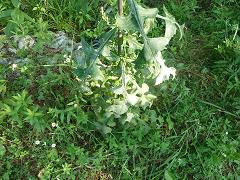 I was unable to find and identify Tall Blue Lettuce during the Spring and
early Summer due to frustrating variations in lettuce leaves and leaves of
Sow Thistles which look similar. But now that the lettuce is in flower,
it is easy to see the bluish flowers -- even though those flowers are closed
at this time.
I was unable to find and identify Tall Blue Lettuce during the Spring and
early Summer due to frustrating variations in lettuce leaves and leaves of
Sow Thistles which look similar. But now that the lettuce is in flower,
it is easy to see the bluish flowers -- even though those flowers are closed
at this time.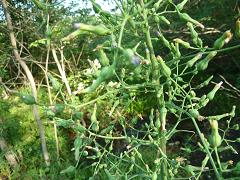
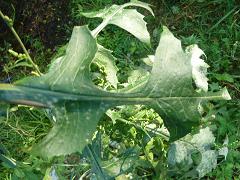 Fortunately, all of the
commonly-found sow thistles, Field sowthistle (Sonchus arvensis),
Common (Annual) Sowthistle (Sonchus oleraceus) and Spiney Sowthistle
(Sonchus asper) have yellow flowers, so I could be sure that this was
not a sow thistle. Canada Lettuce (Lactuca canadensis) and Prickly
Lettuce (Lactuca serriola) also have yellow flowers. By eliminating
all other possibilities, I was able to confirm that this plant is Tall Blue
Lettuce.
Fortunately, all of the
commonly-found sow thistles, Field sowthistle (Sonchus arvensis),
Common (Annual) Sowthistle (Sonchus oleraceus) and Spiney Sowthistle
(Sonchus asper) have yellow flowers, so I could be sure that this was
not a sow thistle. Canada Lettuce (Lactuca canadensis) and Prickly
Lettuce (Lactuca serriola) also have yellow flowers. By eliminating
all other possibilities, I was able to confirm that this plant is Tall Blue
Lettuce.
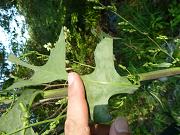
|
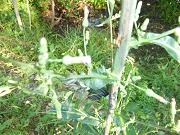
|
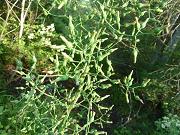
|
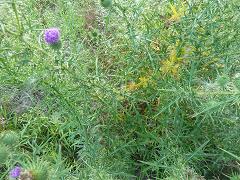
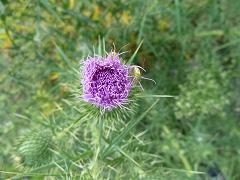 I profiled Bull Thistle on June 17, 2010. At that time, it was a much smaller plant
growing low to the ground. But it still had the same dangerously sharp spike.
Since then, I wanted to make sure that I got some pictures of the Bull Thistle in
flower. This plant was at least 6 feet tall and several feet wide with numerous
flowers and huge spikes.
I profiled Bull Thistle on June 17, 2010. At that time, it was a much smaller plant
growing low to the ground. But it still had the same dangerously sharp spike.
Since then, I wanted to make sure that I got some pictures of the Bull Thistle in
flower. This plant was at least 6 feet tall and several feet wide with numerous
flowers and huge spikes.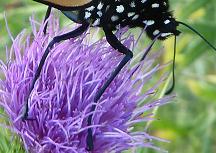
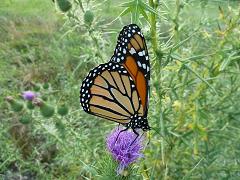 I was able to capture the Bull Thistle at the same time that a Monarch Butterfly
(Danaus plexippus) was munching on the bright purple flower. I didn't have
to use a zoom lens. The butterfly was fine with me putting the camera within
inches of his face.
I was able to capture the Bull Thistle at the same time that a Monarch Butterfly
(Danaus plexippus) was munching on the bright purple flower. I didn't have
to use a zoom lens. The butterfly was fine with me putting the camera within
inches of his face.
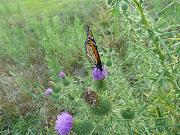
|
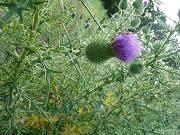
|
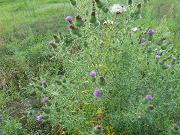
|
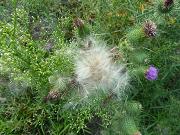
|
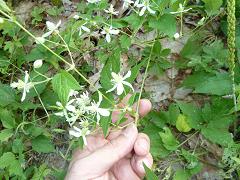
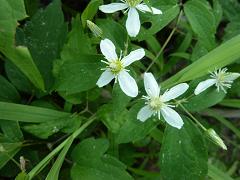
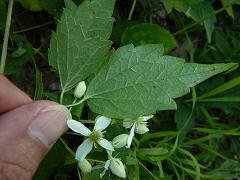
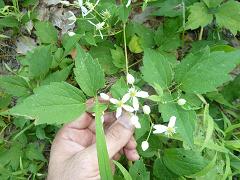

|
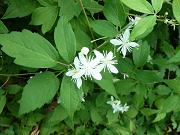
|
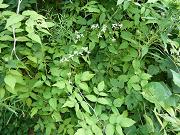
|
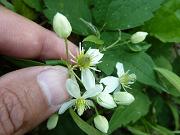
|
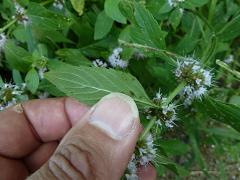
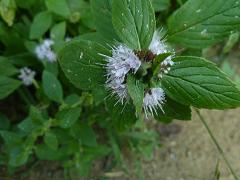
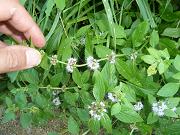
|
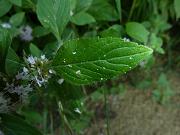
|
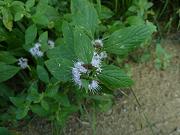
|
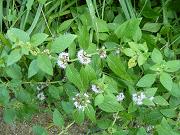
|
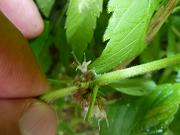
|
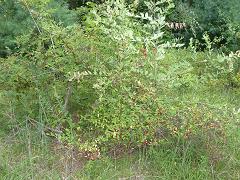
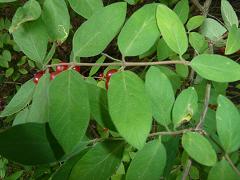
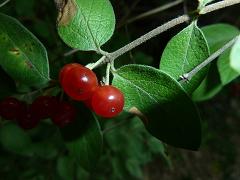
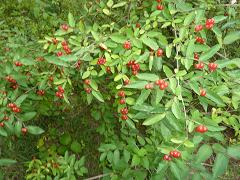
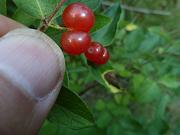
|
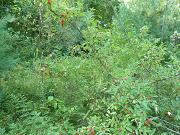
|
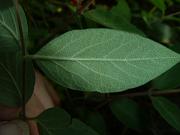
|
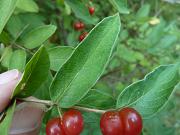
|
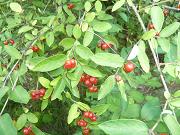
|
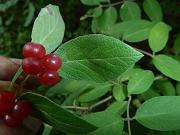
|
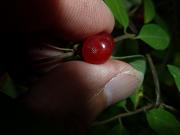
|
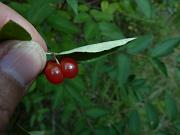
|
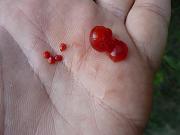
|
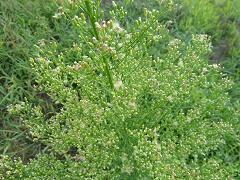
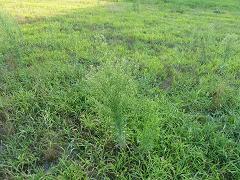
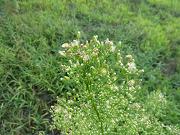
|
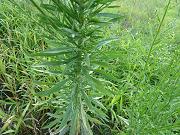
|
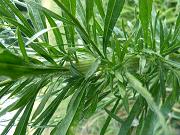
|
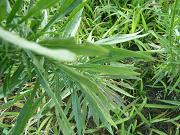
|
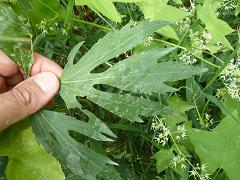
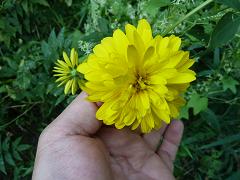
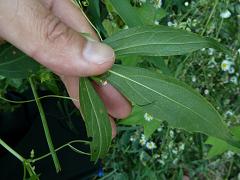
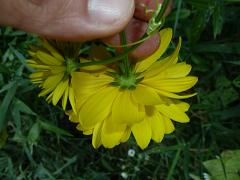
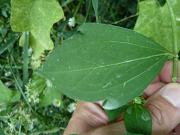
|
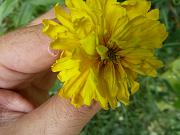
|
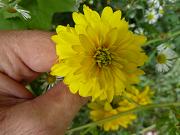
|
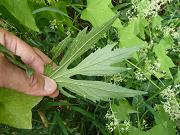
|
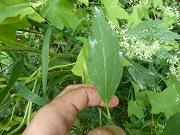
|
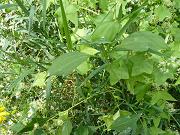
|
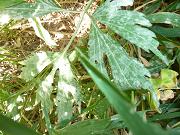
|
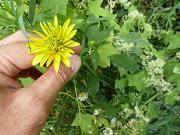
|
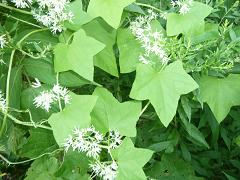
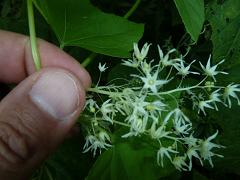
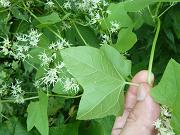
|
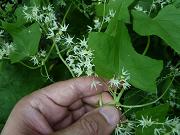
|
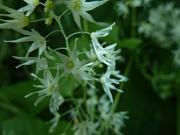
|
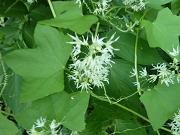
|
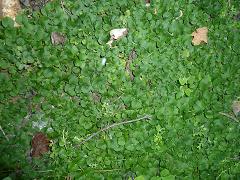
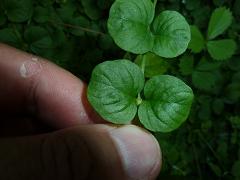
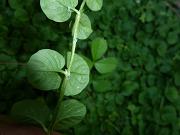
|
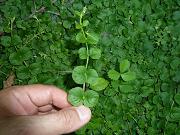
|
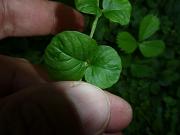
|
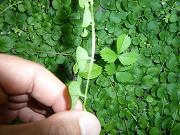
|
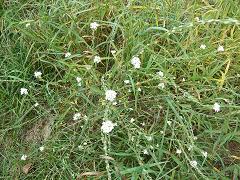
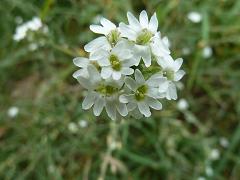
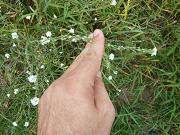
|
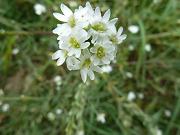
|
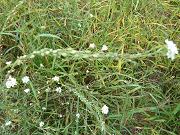
|
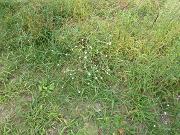
|
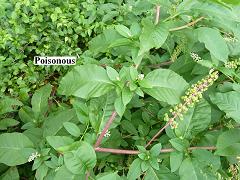
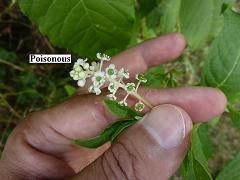
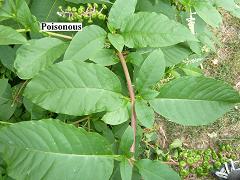
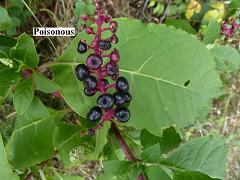
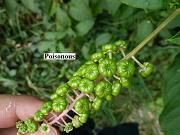
|
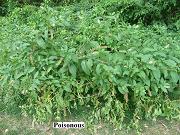
|
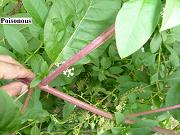
|
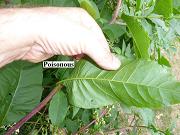
|
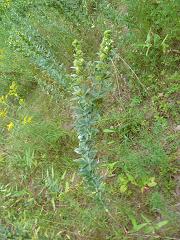
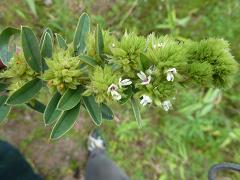
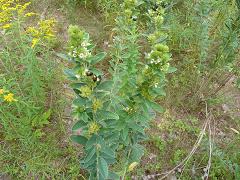
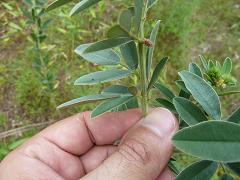
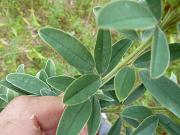
|
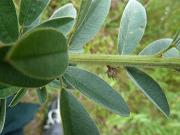
|
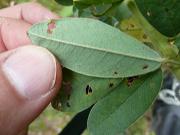
|
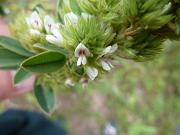
|
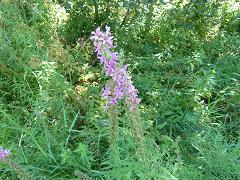
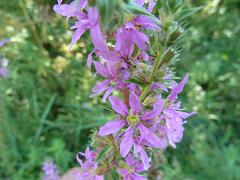
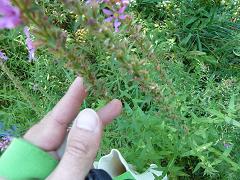
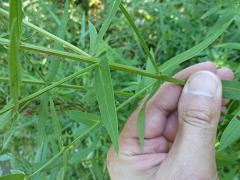
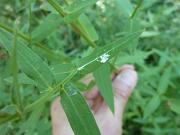
|
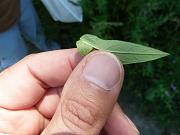
|
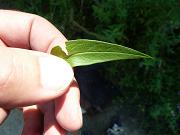
|
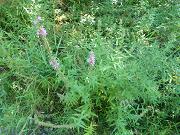
|